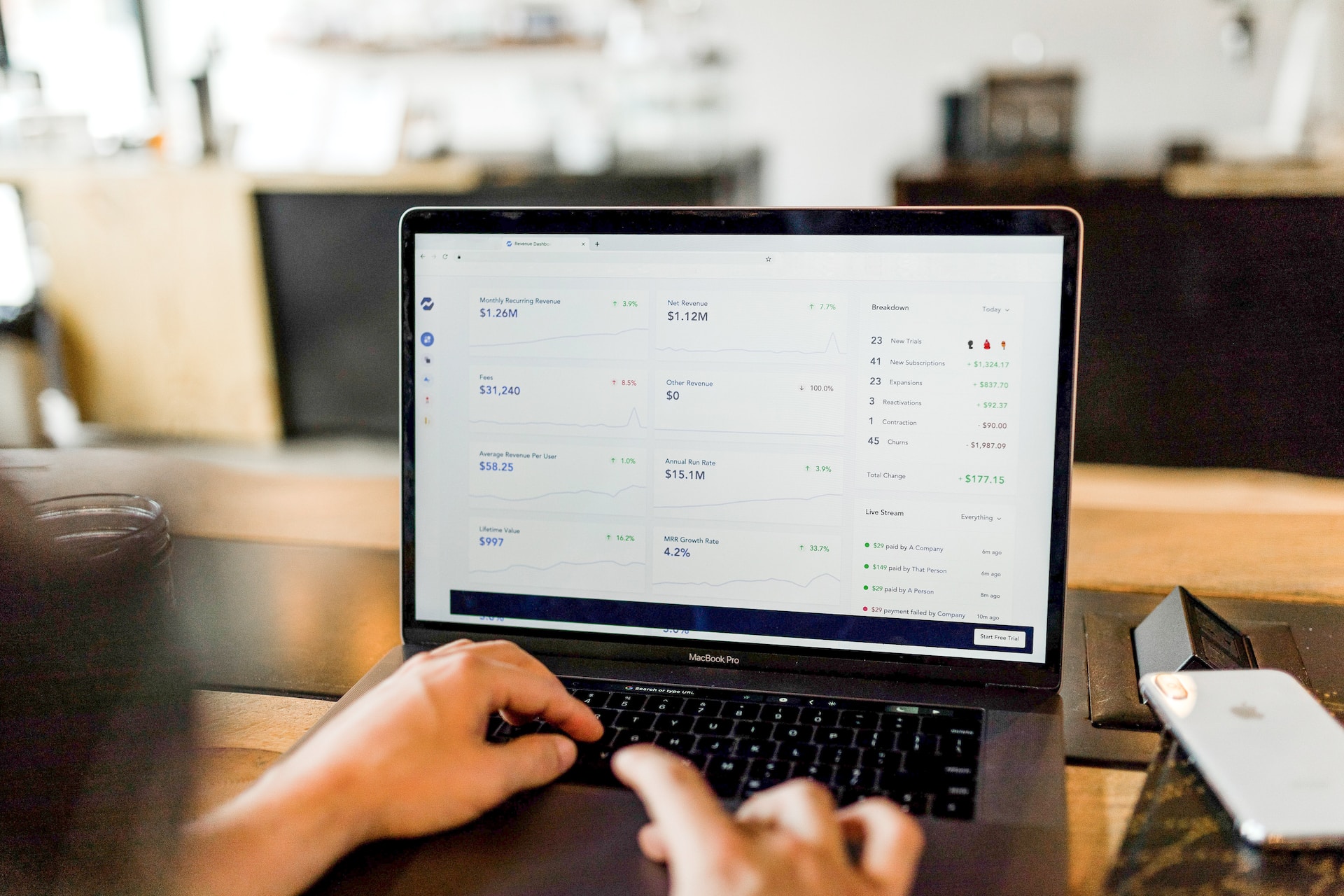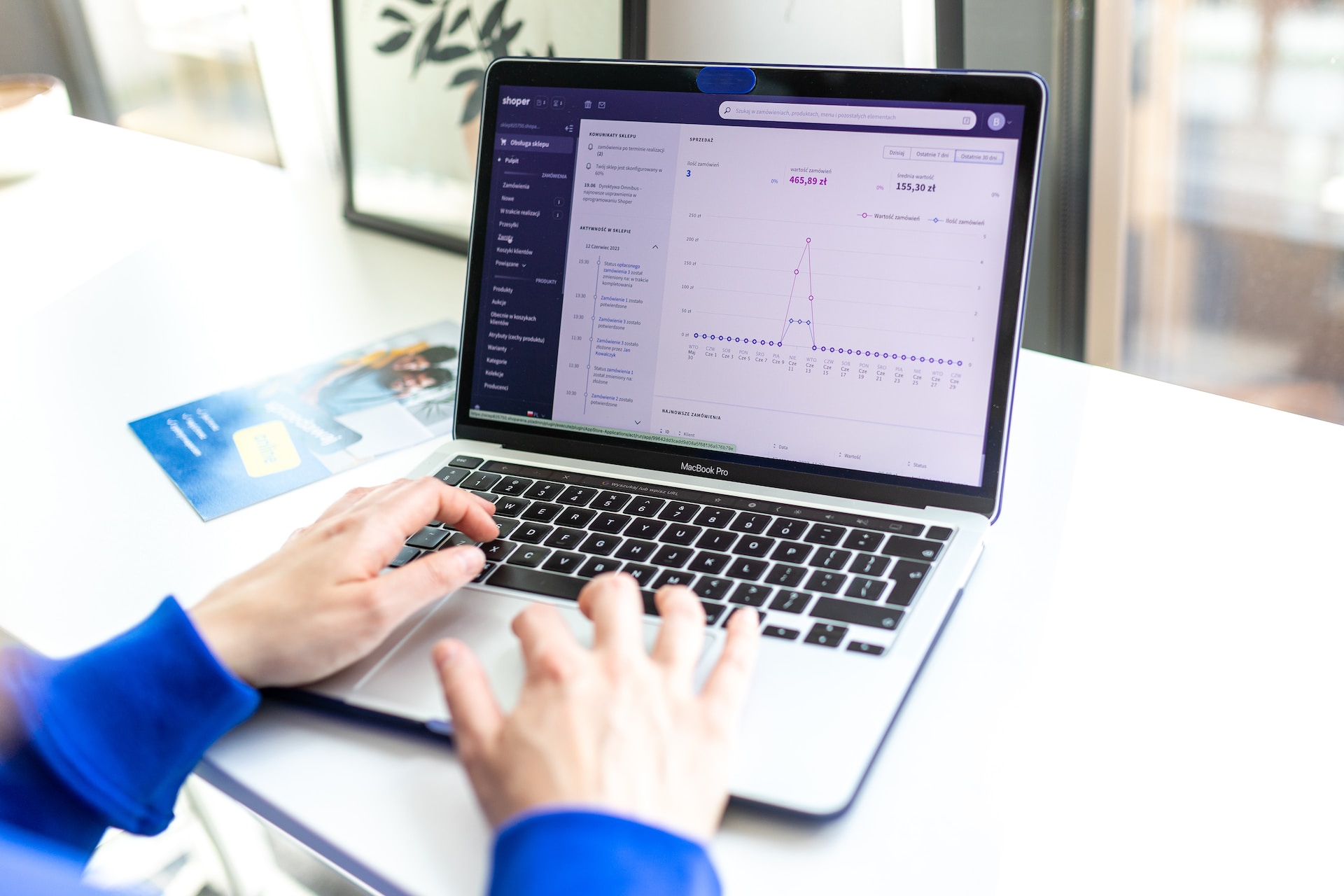The expansive universe of e-commerce has brought unprecedented convenience to consumers but also, unfortunately, opened floodgates for counterfeit products and unauthorized sales. For brands striving to maintain their reputation and protect their intellectual property, innovative solutions are needed. One such solution that is proving to be the strategic use of e-commerce price monitoring.
Understanding the Underlying Threat
The charm of lower prices often blinds consumers to the reality of what they’re purchasing. Counterfeit products, sometimes so well-made they’re almost indistinguishable from the real deal, flood the market. Additionally, unauthorized sales, often products meant for a different regional market, find their way into locales they weren’t intended for. Both practices can severely dent a brand’s image and profitability.
Detecting Counterfeits and Unauthorized Sales with Price Monitoring Tools
While this digital marketplace offers unparalleled convenience and a vast array of choices for consumers, it also presents challenges for brands. Unauthorized sales and counterfeit products threaten brand reputation and consumer trust. One crucial defense strategy brands are turning to is the use of price monitoring tools. Let’s dive into how these tools can be effectively used to identify and address the issues of unauthorized sales and counterfeits.
- Detecting Anomalies with Price: Genuine products have a general price range, considering promotions and regional differences. A brand new, high-end smartphone selling for a fraction of its expected price? It’s a red flag.
- Monitoring Price Volatility: Dishonest sellers often employ a hit-and-run approach. They’ll drastically reduce a product’s price, make a few quick sales, then disappear or rebrand. Automated price tracking can quickly alert brands to these sudden changes.
- Spotting Regional Discrepancies: If a skincare product, for instance, exclusive to the Asian market suddenly pops up for sale in Europe at a suspiciously low price, it’s likely an unauthorized sale. Price monitoring tools can help brands spot such products.
Implementing Price Monitoring Effectively
- Taking Advantage of Contemporary Tools for Price Tracking: In today’s digital age, various tools have emerged to assist businesses in monitoring prices across online shopping platforms. Price Tracking Software, such as PriceLab, offers real-time insights into pricing trends and fluctuations. By actively using such tools, brands can gain a comprehensive understanding of the market landscape, enabling them to swiftly detect any irregularities or suspiciously low prices. This proactive approach helps businesses ensure that their products are not being undervalued or sold without authorization.
- Historical Data Analysis: A consistent pricing history provides a benchmark. Any drastic deviations from this can be easily identified if brands maintain a keen eye on historical data.
- Keeping an Eye on Repeat Offenders: Some sellers, after being flagged or banned, might reappear under a different name. Brands should maintain a ‘watchlist’ to monitor such sellers closely.
- Comprehensive Integration: Price monitoring shouldn’t operate in isolation. By integrating it with other tools – like sales analytics and customer review trackers – brands get a holistic overview and can more accurately pinpoint malicious sellers.
Counterfeits and unauthorized sales are the blemishes that brands must continually guard against. Price monitoring, when executed correctly, not only supports optimal pricing strategies but also acts as a sentinel against those looking to exploit the digital market’s vastness. As brands navigate this continually evolving digital landscape, tools like these will be their compass, ensuring they stay on the right path. By regularly monitoring the market, brands can protect their reputation, profits, and customer relationships.





